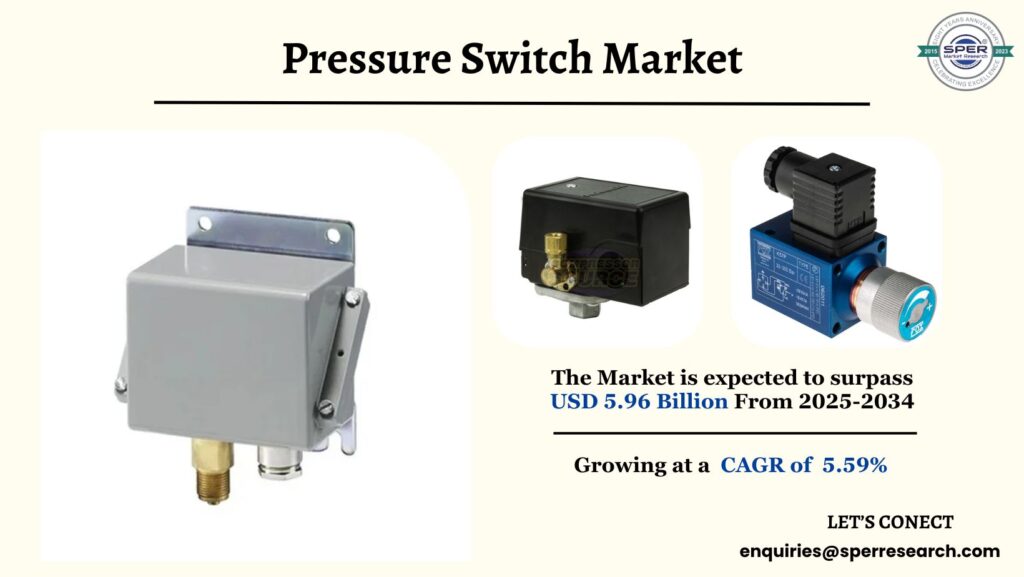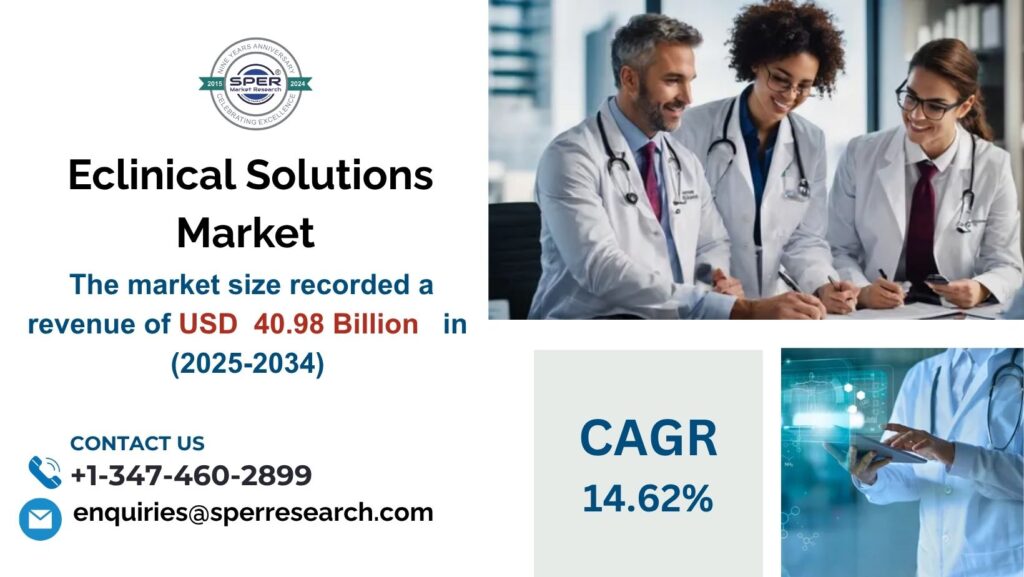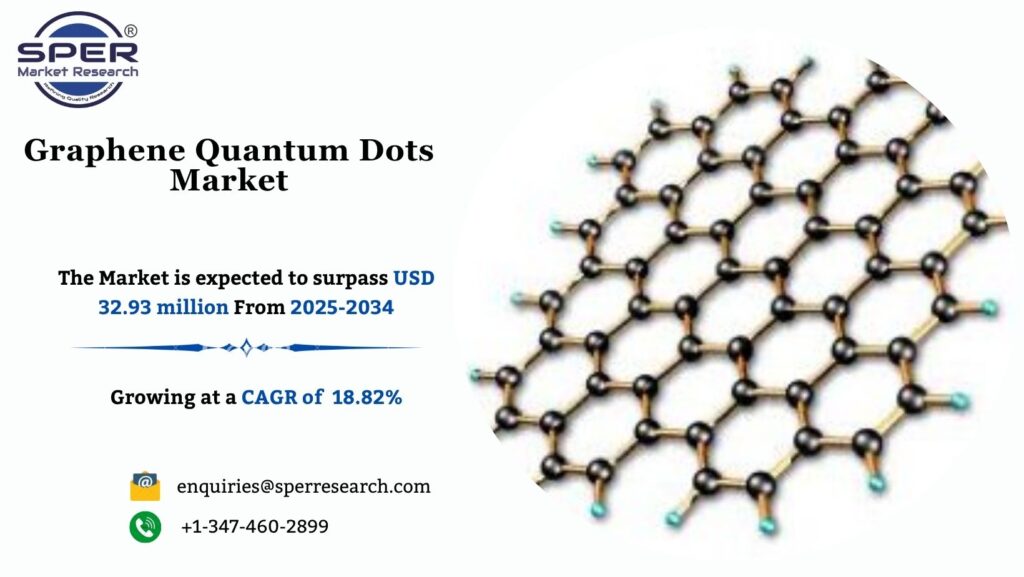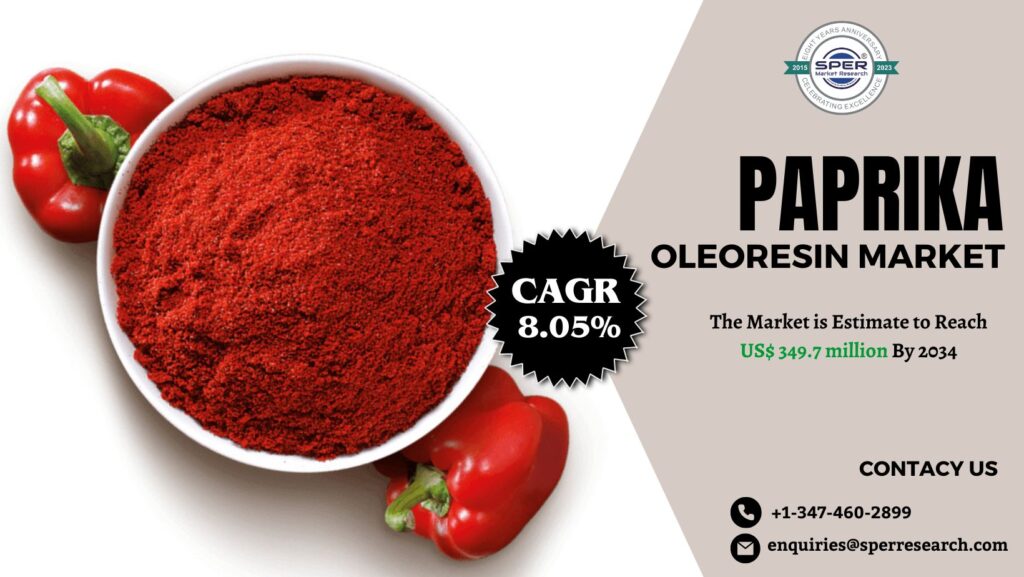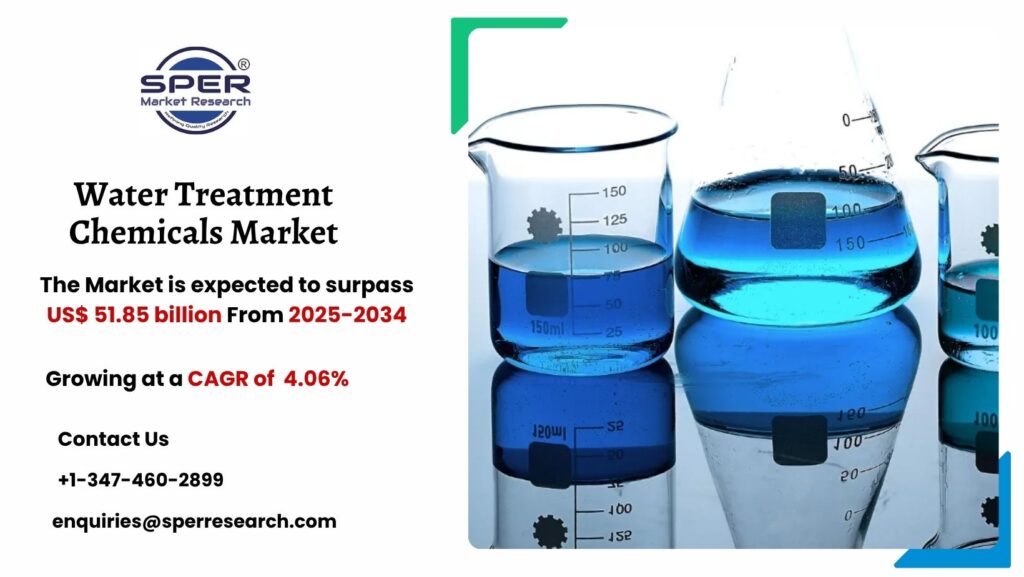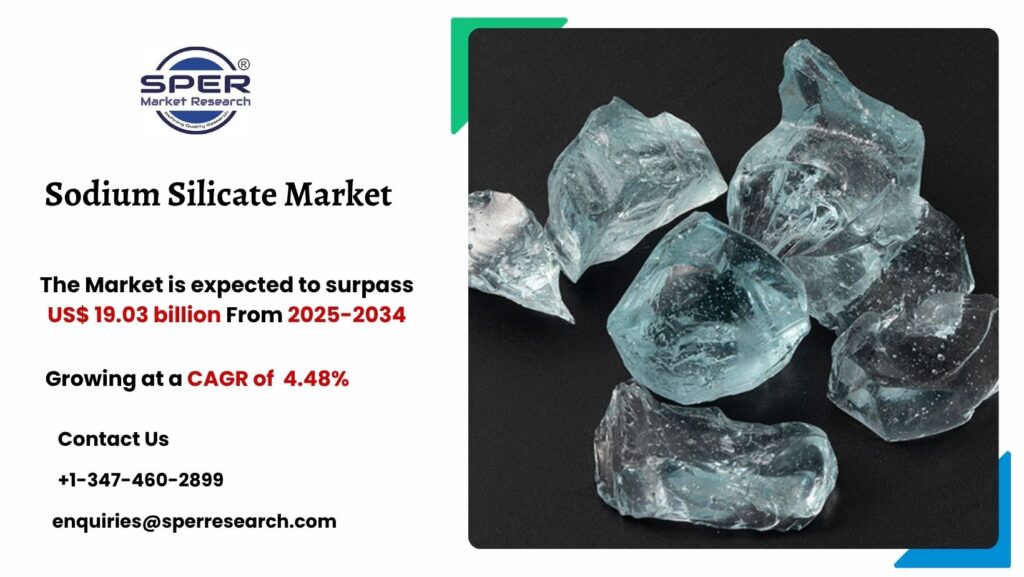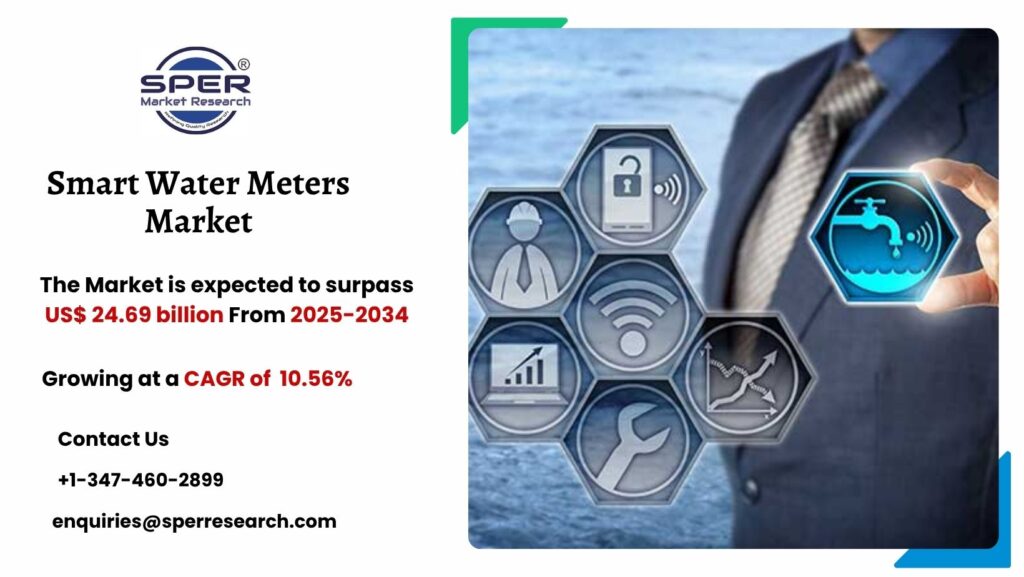The Pressure Switch Market encompasses the manufacturing and distribution of both electromechanical and electronic devices that detect and react to changes in pressure within gases or liquids. These switches serve to activate or deactivate an electrical circuit when a predetermined pressure threshold is met. They play an essential role in systems that necessitate precise monitoring and safety controls — including hydraulic mechanisms, refrigeration systems, oil and gas pipelines, and various types of industrial equipment. With the surge in digitization, a significant number of pressure switches are now designed to work in conjunction with programmable logic controllers (PLCs) and Internet of Things (IoT) frameworks, thus improving operational efficiency and enabling predictive maintenance.
According to SPER market research, ‘Global Pressure Switch Market Size- By Product Type, By Pressure Range, By Application, By End User, By Distribution Channel – Regional Outlook, Competitive Strategies and Segment Forecast to 2034’ state that the Global Pressure Switch Market is predicted to reach 5.96 billion by 2034 with a CAGR of 5.59%.
Drivers:
The increasing requirement in the HVAC, oil and gas, and water treatment industries, as well as stringent safety standards and industrial automation, are driving the global market for pressure switches. The increasing implementation of sophisticated pressure monitoring systems in manufacturing and power industries enhances operational efficiency. Additionally, the expansion of renewable energy projects and infrastructure contributes to market growth. The emphasis on predictive maintenance and the integration of Industry 4.0 further accelerates demand, while advancements in both electromechanical and solid-state pressure switches enhance industry reliability and performance.
Download the Detailed Analysis in PDF format, Here
Restraints:
Pressure switches must endure extreme temperatures, caustic chemicals, vibrations, and other harsh industrial conditions while ensuring accuracy and dependability. Adhering to strict environmental requirements raises manufacturing costs and intricacies, necessitating the use of specialized materials, protective coatings, and engineered designs to guarantee durability over time. Moreover, regular calibration, testing, and maintenance of pressure switches are essential to sustain accurate functionality and avoid system failures. The intricate nature of calibration procedures, the need for specialized equipment, and the availability of skilled technicians can lead to increased operational expenses and downtime, posing particular challenges for remote installations and critical application environments.
The Asia Pacific region stands as the leader in the global pressure switch market due to rapid industrialization, expanding manufacturing bases, and escalating infrastructure developments in major economies such as China, India, Japan, and South Korea. The growing demand for automation in industrial sectors including oil & gas, chemicals, water & wastewater, and power generation has significantly enhanced the utilization of pressure switches to ensure effective process monitoring and system reliability. Some of the key market players are ABB, Ashcroft, Danfoss A/S, Eaton Corporation, Emerson Electric, Endress+Hauser Group, Festo, and others.
For More Information, refer to below link: –
Related Reports:
Global SY Control Cable Market Growth
Global SLI Battery Market Size
Follow Us –
LinkedIn | Instagram | Facebook | Twitter
Contact Us:
Sara Lopes, Business Consultant — USA
SPER Market Research
enquiries@sperresearch.com
+1–347–460–2899
